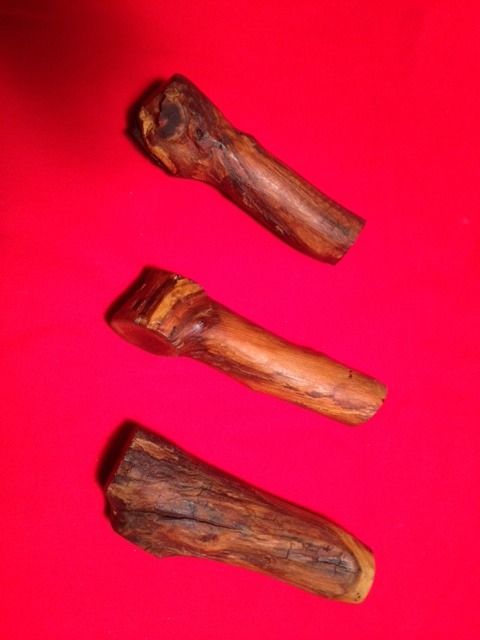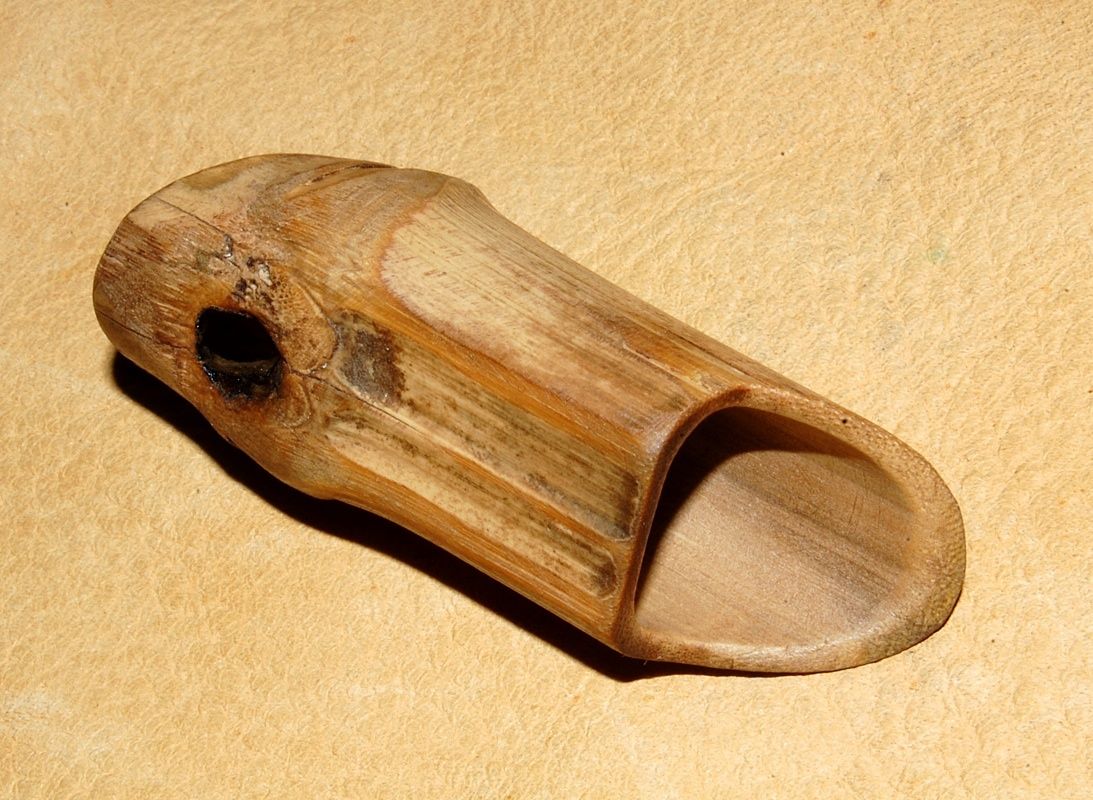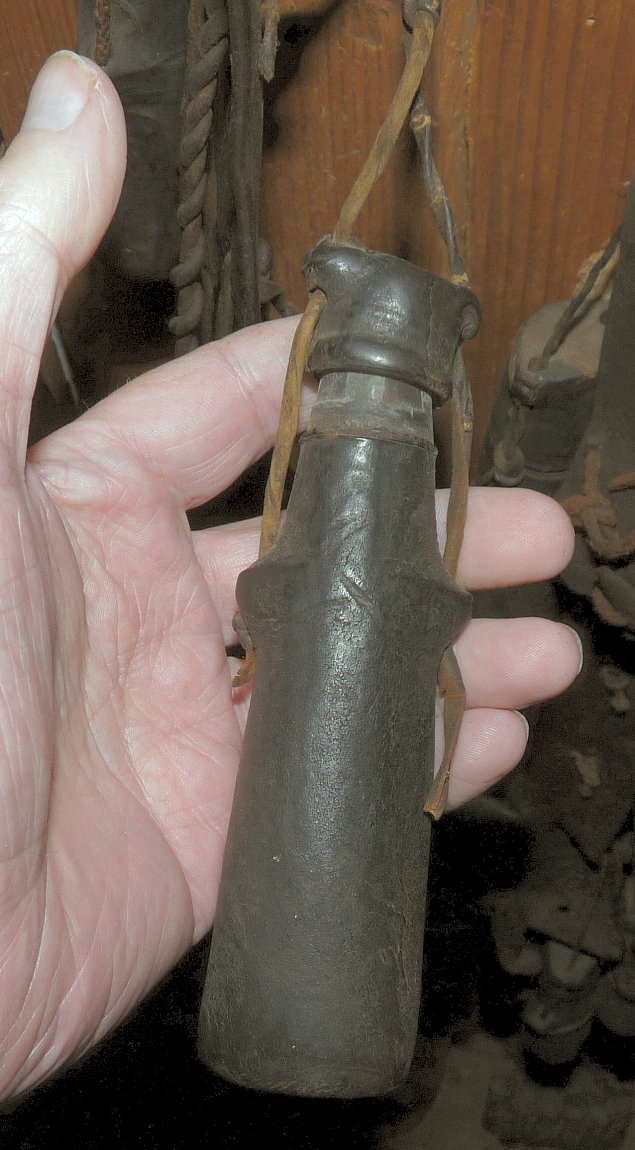Which, if I may be so bold to suggest, brings us to an important point. Today we often do things "sideways" from how they did it back then. :wink:
They often, if not usually got all at one time - a gun and a mold and a powder measure - at least in the case of a rifle made in the Colonies. I strongly suspect if it was a smoothbore gun made in the colonies, they also got a measure with it, as well. That first measure is more often documented as either a tinned iron or copper single tube measure. OK, so what happened if they did not get a measure with the gun or something else happened? Well that depended on a lot of things.
So if the powder measure got lost, damaged or they did not get a measure - we know they may or even probably poured powder over a ball as a rough or starting measure - at least. If the gun was a civilian fowling piece, they probably were not that far from someone who could have sold or made a replacement tinned iron or copper one and someone who could afford a fowling piece could afford a replacement measure. If it was a Trade Gun, same thing probably applied as did a rifle.
Early Frontier folk would not have had much time to make a fancy measure. WAY too many things they had to do for survival much of the year. Also, when young men or young couples started out; they often did not have the funds to buy a new measure, so had to "make do" as well. At this stage, the person probably made the replacement powder measure out of whatever material and tools he had at hand. A wood powder measure probably would have been the easiest thing to get the material and make a new measure with the least tools required. If of other materials were available, those materials may/would also have been used and probably still with what was easiest to make. Later on, if time, tools, funds, materials became available, the gun owner may have made another measure out of something else.
I agree with Rick, a wood replacement powder measure probably was the most common "first" replacement on the frontier. This unless they happened to have had a bone or piece of cane that required less work. However, that does not in any way preclude a fancier powder measure could and was made if the person wanted later on, when they had more tools, time or money.
Gus











